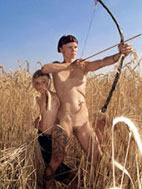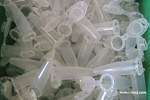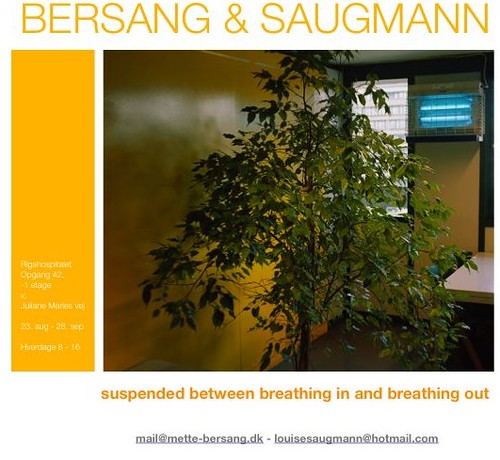Celebrity plays an enormous role in popular culture — just think of film making and Academy Awards (Oscars). Yet with some exceptions, e.g. a recent conference and a follow-up blog, Academia (of the university kind, not the film industry’s!) shuns the phenomenon of celebrity.
Neither have historians of science, technology and medicine paid much attention to it. A notable exception here is Janet Browne who wrote an article on “Charles Darwin as a celebrity” in the journal Science in Context (vol. 16, March 2003), in which she explored the imagery of the famous evolutionist as a 19th-century scientific celebrity “by comparing the public character deliberately manufactured by Darwin and his friends with images constructed by the public”, and argued that “Darwin’s outward persona drew on a subtle tension between public and private”.
Janet Browne’s paper is the exception that proves the rule, however. And the rule includes science, technology and medical museums who also seem to be pretty uninterested in scientific celebrities. Take a tour around the Science Museum in London, for example, and you will hardly find a single individual, not to mention a famous one. You will have to walk across the city, to the National Portrait Gallery, to find pictures of individual celebrious scientists, engineeers and medical doctors, like Dorothy Hodgkin.
Read More



